Conviviality: more than simplicity

It is normal today to expect our software to be easy to use. The fashion is for ergonomics, user-friendliness, user-friendly. This represents a huge progress in the field of human-machine interactions. However, it is important to distinguish between user-friendliness and simplicity.
It is normal today to expect our software to be easy to use. The fashion is for ergonomics, user-friendliness, user-friendly. This represents a huge progress in the field of human-machine interactions. However, it is important to distinguish between user-friendliness and simplicity.
User-friendliness implies that the interface is user-friendly for the person using it. It means that the software is at the service of the user. However, it also means that users can sometimes be very skilled with technology and their field of business.
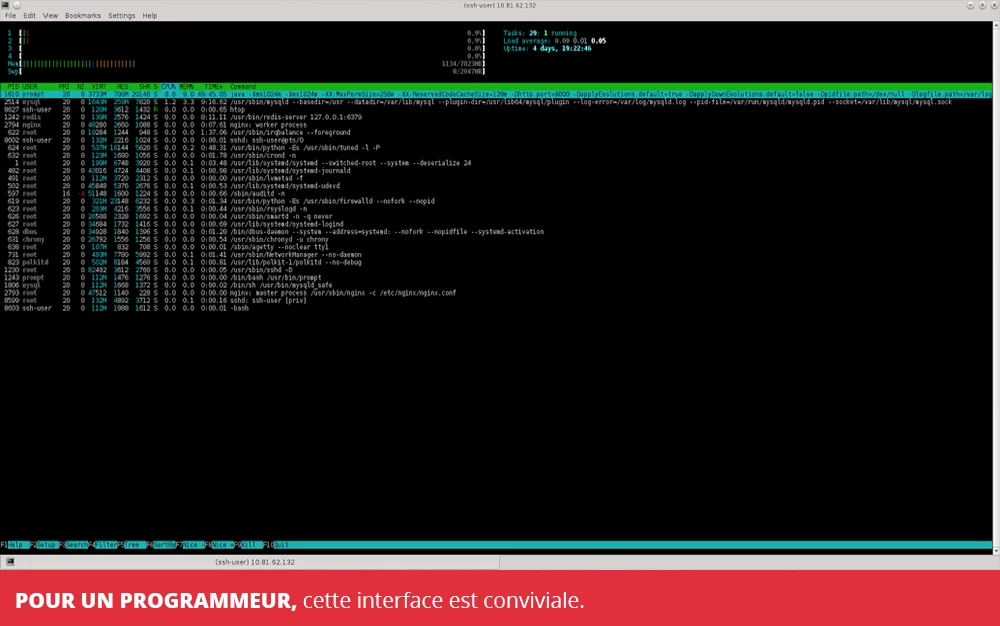
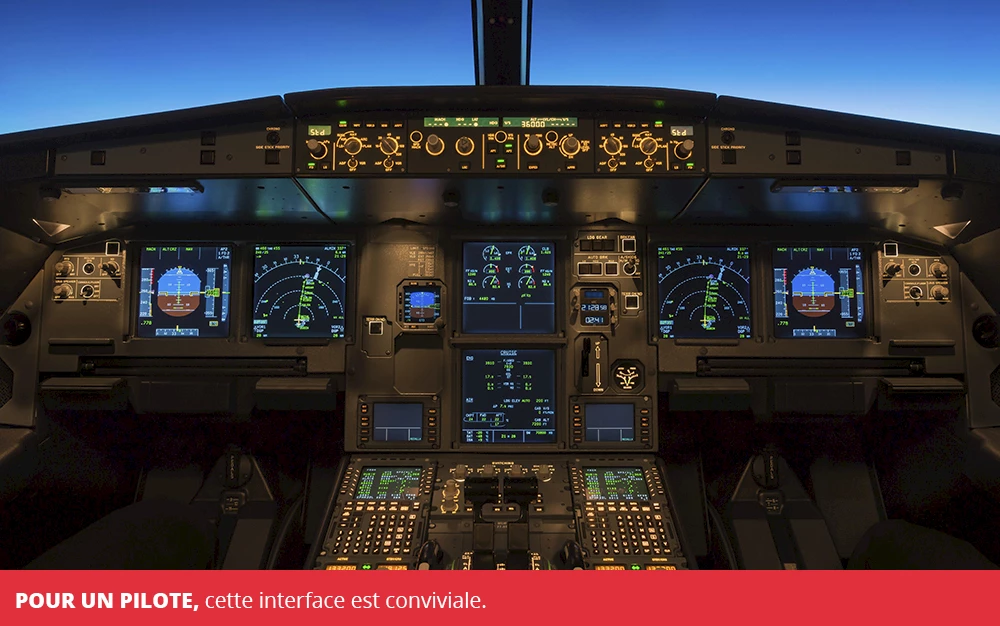
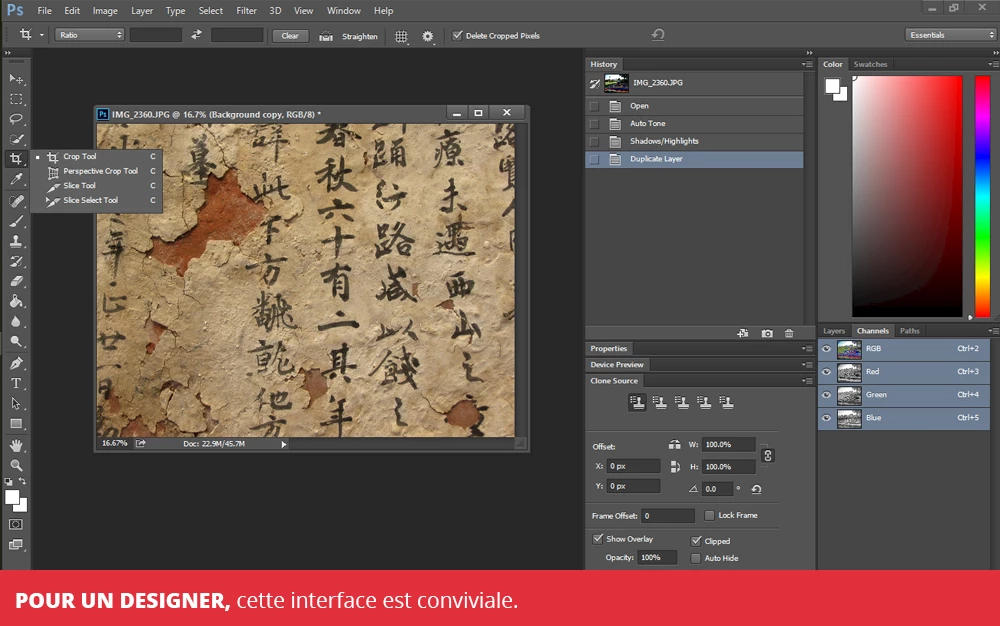
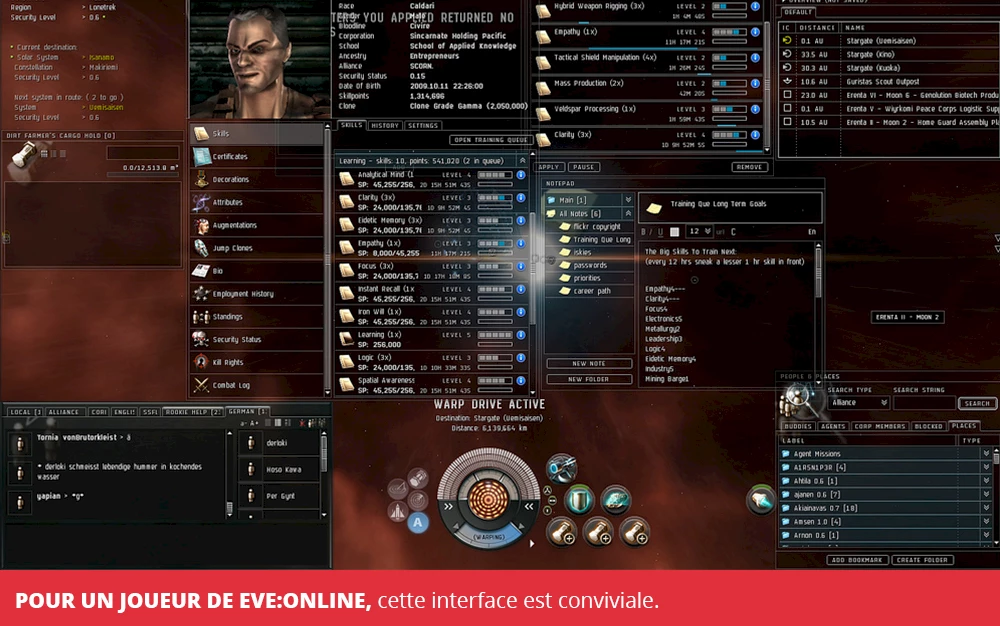
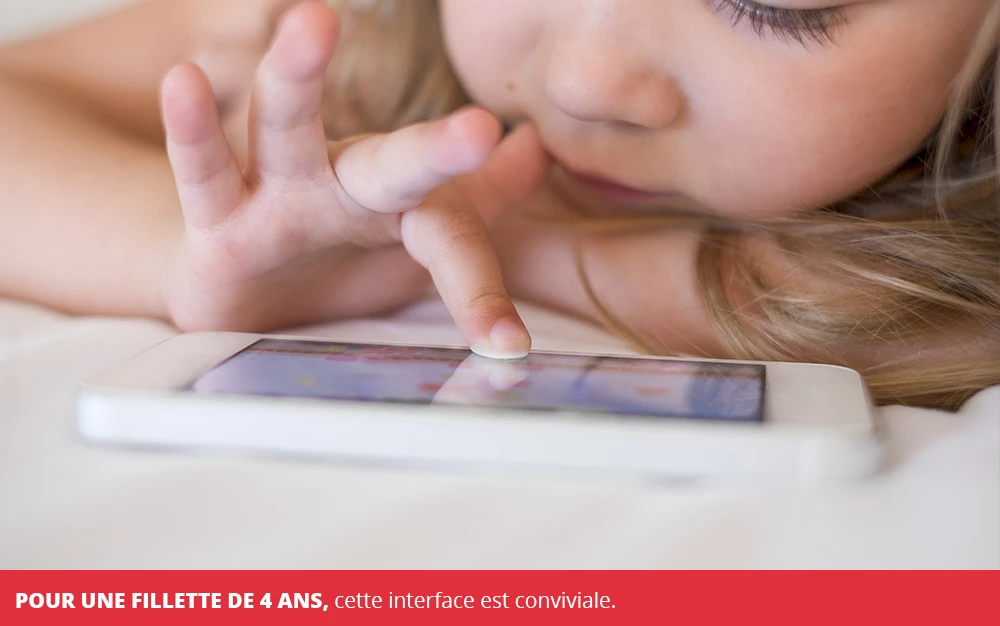
So how do we do it?
Knowing that, how do we develop a user-friendly software?
1. Observe the users
The key to user-friendliness lies in the knowledge of the users. We are talking about a thorough and realistic knowledge, based on real observations of users in their context. It is therefore imperative, before embarking on the creation of an application, that the design team take the time to get to know the users: note their environment, their habits, their level of expertise and technological skills.
2. Use people
The persona is a fictitious representation of a typical user. It is a design tool that greatly helps the entire development team communicate and make decisions.
Personas are never 100% reliable. They can lead the team to refer to a stereotype that does not represent users well. However, it is still better to have an inaccurate focus than no focus at all.
3. Observe, again and again
Another key to user-friendly application development and frequent validation. As quickly as possible, the team must conduct usability tests with potential or actual users. As soon as a design is completed, it should be validated in the field. The entire team can benefit from observing a user who is struggling to complete a task that the designers thought was easy.
This step does not need to be complex. A field visit with a prototype is enough to learn.
It's easier to develop a product right the first time than to have to modify it later. Thus, frequent and early use tests represent a significant cost saving.
